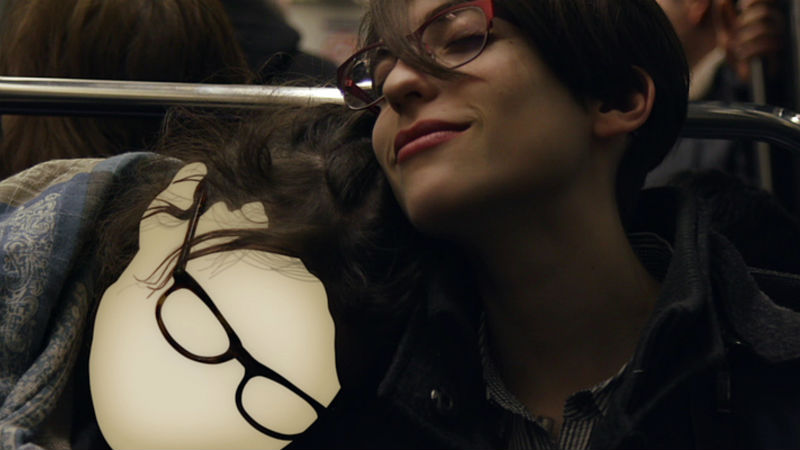Personal freedoms and choice are central to the lesbian, gay, bisexual and trans struggle. It’s no different for intersex people (the “I” in LGBTQIA). They demand that they can choose what sex they will live with. Sounds very reasonable. The problem is that – in the majority of the cases – the choice is made for them shortly after they are born, and their intersexuality concealed from them, treated as a pathology. They are forced to live with a sex that they may not be suitable to their needs. It’s time to change that.
There are many types of intersex people. Some had their testicles (and therefore testosterone) surgically removed as babies, and were raised as females. Others were given testosterone and raised as males. And we learn from an unusually progressive mother in South Africa who refused to operate her intersex child, claiming that he/she should make an informed decision when they reach the age of 18. What all of these people have in common is the stigma associated with the “hermaphroditic” taboo. Until recently, even the scientific establishment treated these human beings as abominations, like a two-headed cat (whose taxiderm is briefly featured in the movie).

The female Swiss director Floriane Devigne interviews several intersex people. Doctors and clinicians share their knowledge and opinions on ethics. We watch as intersex people meet other intersex people for the first time in their life. They are not “unicorns”. In fact 0.5% to as much as 1.7% of the world population might be intersex, claims an American activist. That’s nearly one in 50 people, suggesting that such phenomenon is not as rare as we think.
The problem is that the majority of people refuse to talk about their intersexuality, let alone embrace it vigorously. If these figures are right, I am fairly confident that I have met many intersex people in my life, and they might be even in my family or inner circle of friends. Yet it’s only now that intersex people are beginning to step forward and be proud of their non-binary sex. Such categorisation serves to perpetuate the heterosexual patriarchy, and it must be challenged.

One of the film’s central characters Debora is virtually “erased” from the film. You can see her contours, yet no texture, facial features and orifices (pictured above). I’m not entirely sure whether Debora asked to be concealed, or whether this is a creative device used in order to emphasise the neutrality to which some intersex people associate themselves.
This 59-minute documentary is informative enough for those (like myself) who are little familiar into the world of intersex. A good starting point. I hope that the film industry will embrace the topic more wholeheartedly in the near future (and I would hazard a guess that it will).
No Box for Me, An Intersex Story shows at BFI Flare.








